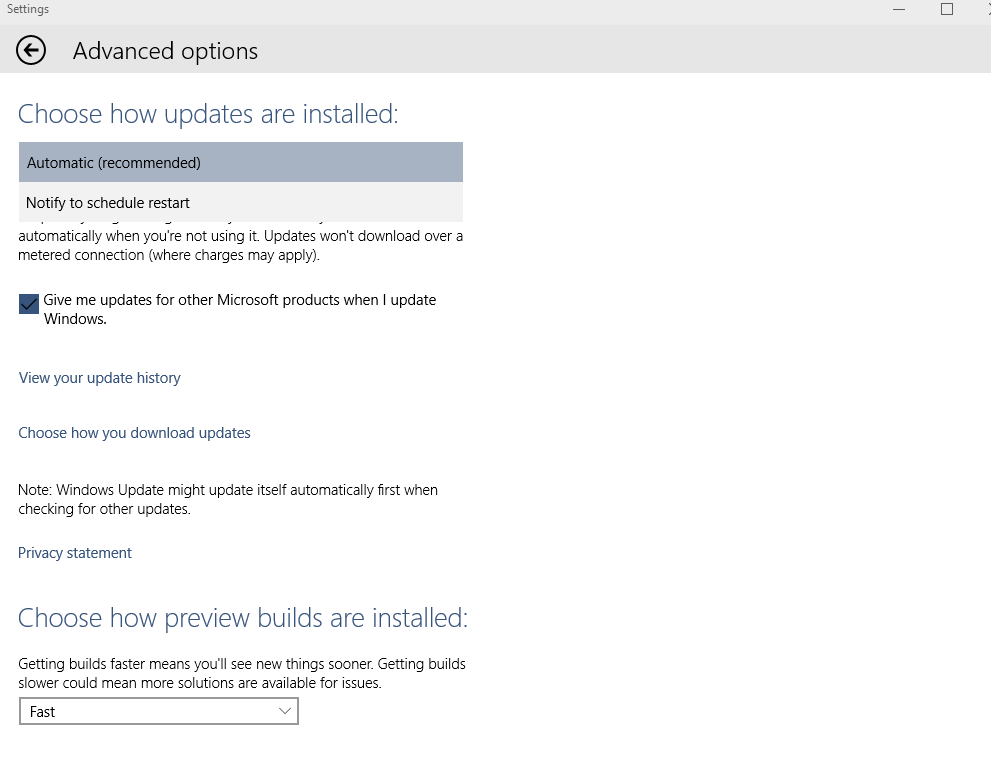Much like the issues surrounding Windows Vista and Windows 8 there is a group at Microsoft that want to do things differently. They tend to ignore the reason that Windows is a popular OS and why people are sticking with Windows XP or looking for alternatives. Simply put, people want to be able to control their OS. In Windows Vista Microsoft shoved HDCP (High-Definition Content Protection) down our throats. It ran all the time and hogged resources like mad. It turned a potentially solid OS into a dog and was quickly replaced with Windows 7, a much more nimble and mature OS. With Windows 8 Microsoft went with, despite negative feedback from testers and consumers,
a touch-first approach which still is hurting market acceptance of the OS.
Now in Windows 10 we see some of the same mindset that has hurt Microsoft in the past. First they decided to shove peer-to-peer update sharing for Windows 10 Home and Pro users. This option means that you can get your updates from anyone around you. There are options to restrict the updates to your local network, but the default allows you to grab updates from anyone that has Windows 10.
Now if this was not bad enough, Microsoft is also making it impossible not to take updates as they come in. There is no option to download updates then then allow you to install them when you are ready, or they have been tested. In Windows 10 Home you get them right away or you get them in about two weeks. In Windows 10 Pro you have a similar option with an additional option to delay this longer if you use Microsoft’s Windows Server Update Service (WSUS). The only version of Windows 10 that will not have this forced on them is Windows 10 Enterprise where control still exists. What is odd is that most organizations that would have Windows 10 Enterprise are probably using a WSUS server and will potentially be stuck in the same boat.
This decision is a very foolish one and is sure to hurt market acceptance of Windows 10 when it launches on July 29th. Far too many businesses need the ability to track and check updates against the applications they use. They also need to be able to reject an update in case of compatibility issues. Forcing an update on a customer is going to break a lot of things. With that looming over their heads we are guessing that Microsoft’s new and improved OS just lost its momentum.
Read more about the updates paths
*** Update to add Windows update options in WIndows 10 Pro*** 6-29-2015 1:59PM EST
As you can see there is no option to stop updates when using Windows 10 Pro. If you are in a domain environment you can use a WSUS server which allows you to defer the updates for longer, but they can still be pushed out once that limit expires. 



